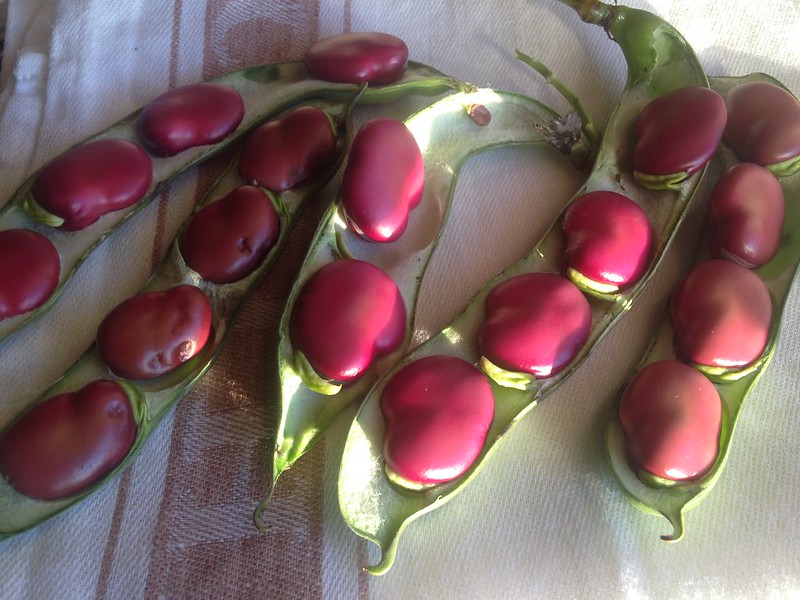Or, if at first you don't succeed, try, try and try again.
Like most gardeners (I imagine) I have a large box of seeds, the result of too many impulse buys online and in the garden centre. A magazine article or book has only to mention that this or that plant is edible and I'm straight off to find out more and, in all likelihood, add the seeds to my growing collection. I've tried to curb my curiosity but it seems to get the better of me fairly regularly so, with many tastes to try and with minimal space available, only a few seeds from each packet get sown*, the packet gets stored and, inevitably, there are still loads left for next year. So is it a good idea to keep them?

Well, it depends on the seed and how they've been stored. Store them in a cool, dark place (not the fridge) in paper packets (not plastic) and seeds should be good at least until their Use By date. A few will be duds from the off and will never germinate. A few, like carrots, really are best used fresh for maximum success. The other seeds, like you, me and the rest of the planet, are ageing slowly and imperceptibly, getting tired and, frankly, getting a bit past it. Of course I'm no longer talking about myself now. ;) Or you. Just the seeds. Plant seeds are a lot more reliable and vigorous in their youth.
This year when planning what to grow, I ruthlessly chucked out the seeds that should have been sown by 2012, if not before. It was a lot. (The photo above is the 'after' shot!) The packet of Canadian Wonder red kidney beans, exp date 2012, was kept. I
loved this plant - a bush bean, growing to about 2 ft tall with prolific fruiting.
 |
| Canadian Wonder bush beans in early August 2012 |
I had a long summer of all the beans I could eat from a May sowing and regular picking. Wonder beans indeed.
 |
| Wonder beans in early September 2012. |
 |
| This year's bean: After a 30 day germination, thought I may as well plant it out. |
This spring, I blithely assumed that beans could be stored for years and confidently sowed about a dozen, just what I needed, into modules in fresh seed compost.** Just one lonely bean emerged, after an extremely long wait and after I'd re-sown another 24 beans in a raised bed in the patch. Three weeks on from the outside sowing and there is nothing to be seen. It's a mystery, especially as the soil is warm, the slugs have been kept away and there has been a good mix of sun and rain. So, onto plan B…

Convinced the cause was the viability of the seeds, I decided to put it to the test. Seeds need warmth and enough wetness to swell and break the seed coat to germinate, so I put 40 beans on soaked kitchen paper in a plastic tray, covered with another sheet of damp kitchen paper, sealed with cling film and left on a warmish windowsill. After a six days of checking, 24 of the beans had produced a radicle (the root tip) while 16 had not. The beans were in varying stages of germination, some with a long root and others just starting to sprout - again, a sign of the poor quality of the beans. Testing this way is a good way of removing the uncertainty over seed germination. I tried the same method with some lettuce seeds and they didn't germinate at all - so in the bin they went!
The good news is that I now have bean seeds that I'll pot up and know will grow. I also know to let the last pods dry on the plant so that I can save seed for next year. (And, just in case any of the outside sown beans are simply lurking and not deceased, I'll cover the bed with fleece for a week or so and see what happens. It will be their Last Chance; you can't say I'm not being fair.)
* For varieties where only a few seeds are needed,
More Veg in Devon sell smaller quantities at a lower price and have a wide range of seeds.
** As a member of Which? Gardening, I always use their recommended Best Buy because compost compositions change from year to year. Over the past couple of years, the best buy has been J. Arthur Bower's Seed and Cutting compost, a nice, fine, free draining mix.
















